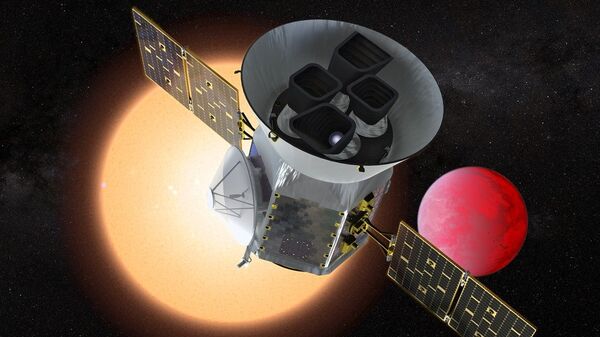Published Wednesday in the journal Nature, the study conclusions prove that astronomers were able to identify and decode the pulsating rhythm of 60 celestial bodies known as Delta Scuti stars, which are located between 60 and 1,400 light-years from Earth.
Delta Scuti stars range between 1.5 and 2.5 times the sun’s mass and have for ages proved extremely difficult to interpret for scientists, since the stars undergo a rapid rotation that scrambles pulsation patterns.
Tim Bedding, the lead author of the study who also serves as a professor at the University of Sydney, said in a statement that the patterns initially probed were a complete “mess.”
“[It was] like listening to a cat walking on a piano,” he recalled, later noting that once researchers tapped TESS’ data, it allowed them to declutter the pulsations. “Now we can detect structure, more like listening to nice chords being played on the piano.”
Similar to how geologists study seismic activity from earthquakes to determine the Earth’s internal structure, astronomers observe pulsations in a star to make out its inner workings, a study known as asteroseismology. The patterns detected allow officials to specifically note a star’s age, temperature and composition, among other aspects.
In fact, Bedding’s research has already helped to somewhat settle an ongoing debate over the age of the star HD 31901, which has left many astronomers scratching their heads.
Whereas some officials believe the star to be about 120 million years old, others are of the opinion that the celestial object’s age is more in the ballpark of 1 billion years. Bedding’s newly published findings support the younger estimated age.
The team has indicated that they believe the 60 stars they observed were of the younger variety because they were able to produce much clearer patterns than older Delta Scuti stars, which have a habit of not emitting pulses as frequently.
"Asteroseismology is a powerful tool by which we can understand a broad range of stars," Bedding later said. "This has been done with great success for many classes of pulsators including low-mass sun-like stars, red giants, high-mass stars and white dwarfs.
"The Delta Scuti stars had perplexed us until now."
Starting in July, the TESS mission intends to start snapping full images every 10 minutes instead of every half hour. Bedding has indicated that such a change would help his team of researchers to decipher additional pulsations from more Delta Scuti stars.



